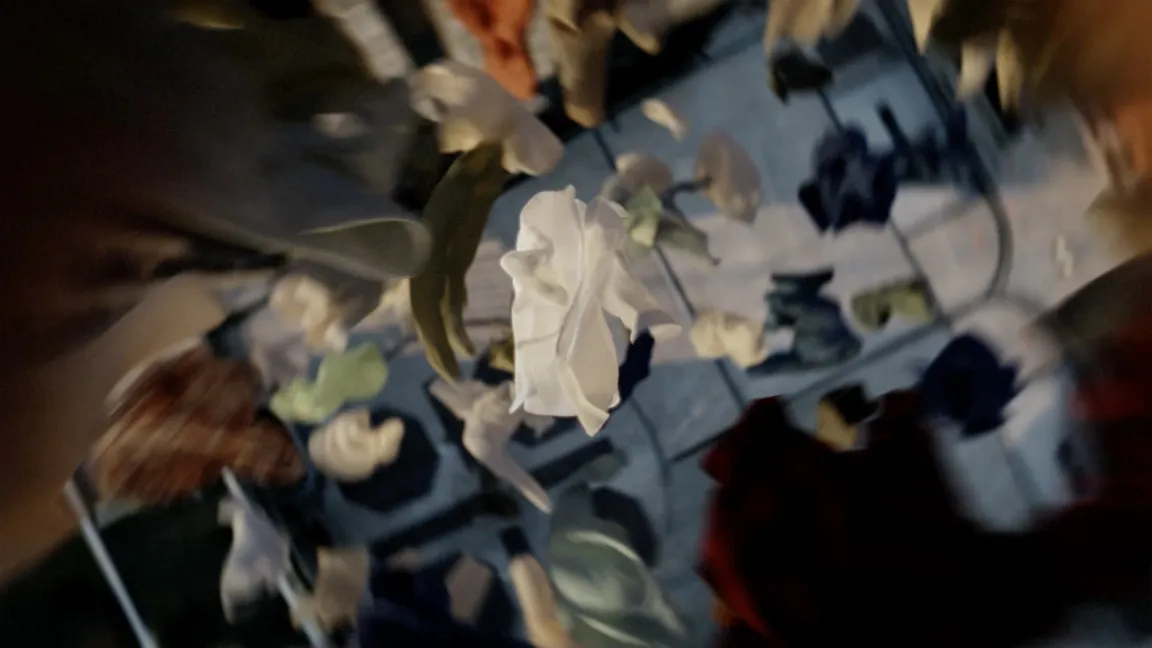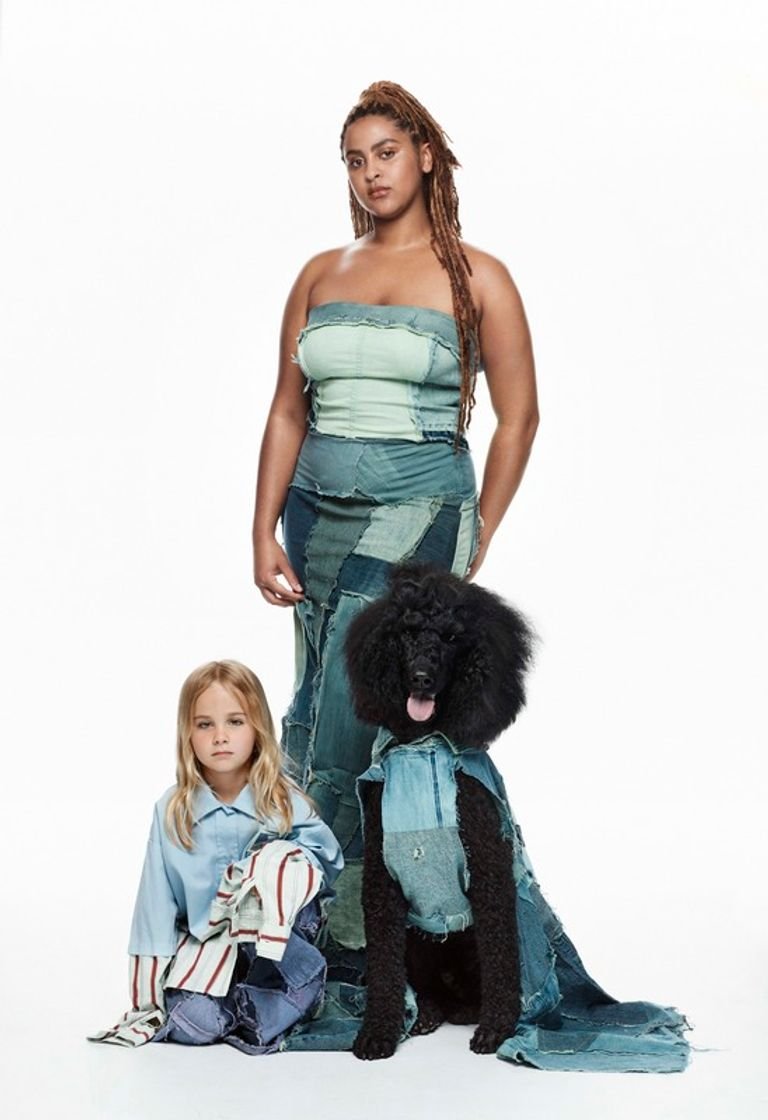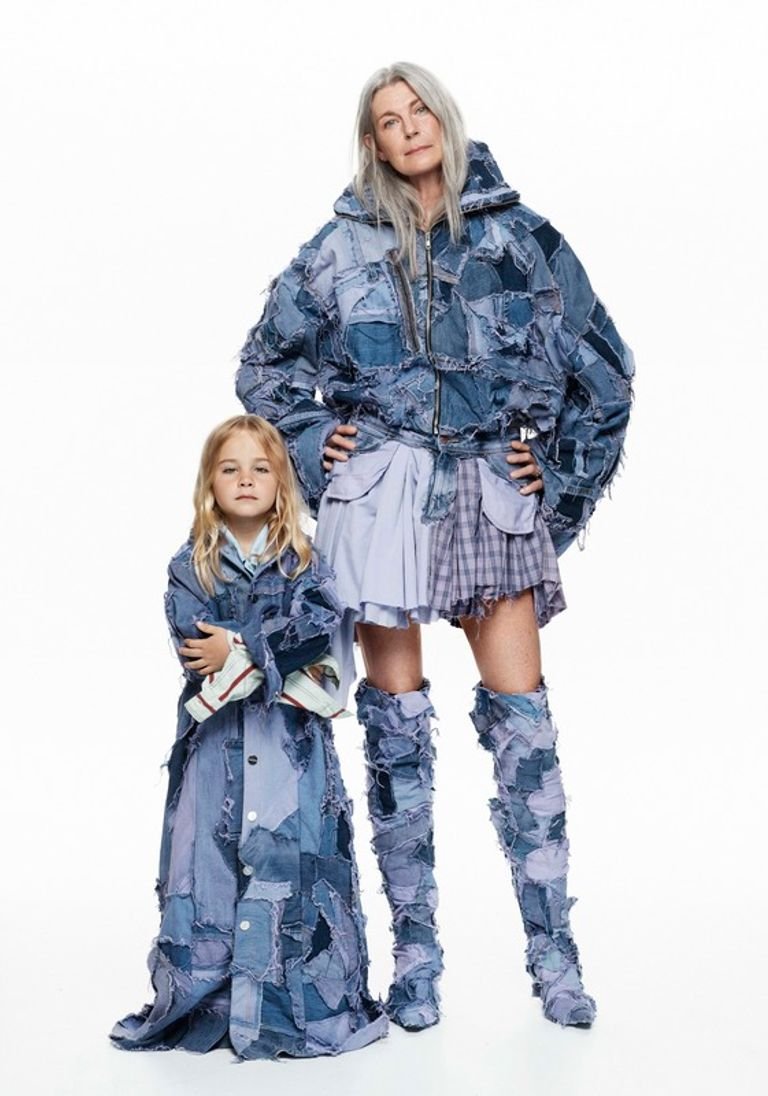Atacama – “Fashion Graveyard” and the Resurrection of Old Clothes
Upcycling in Fashion: A Sustainable Trend

Source: Electrolux
Upcycling, the process of transforming discarded materials into higher-value clothing items, has become a major trend in the fashion industry due to its environmental benefits. Many renowned brands have launched upcycled collections, receiving strong support from consumers. For example, Coach introduced the Re(loved) collection, creating bags from leftover fabric scraps; Maison Margiela showcased a dress patched together from vintage garments; and Schiaparelli turned old jeans into sought-after denim jackets.
Joining this trend, Electrolux and Rave Review collaborated to create a limited collection from discarded clothing in the Atacama Desert, known as the “fashion graveyard.” What makes this collection special, and what can we, as consumers, do to make our wardrobes more sustainable?
Understanding the Fashion Industry’s Waste: A Fashion Graveyard in Atacama
Before delving into the specifics of the Atacama collection, let’s examine the current state of the fashion industry, the second-largest polluting industry globally after the oil sector. The rise of fast fashion has significantly altered consumer shopping behavior, leading to the following alarming statistics:
– According to McKinsey, compared to 15 years ago, we are buying 60% more clothing, often wearing items only about 10 times before discarding them.
– Approximately 90% of discarded clothing is in good condition, with only 1% being recycled or reused.
– Around 73% of discarded clothing ends up in landfills, and the Atacama Desert in Chile is one such location. An estimated 39,000 tons of clothing are dumped in the Atacama Desert each year, with most items being non-biodegradable.
– In Europe, 70% of discarded clothing has avoidable damages such as fading, stubborn stains, or shrinkage.
– 25% of fashion waste results from improper care practices, such as frequent washing, ignoring care labels, or using excessive laundry detergents. Extending the lifespan of clothing by just nine months could reduce fashion waste by 20%-30%.
The Atacama Collection: A Second Life for Desert Discards

Source: Electrolux
The collaboration between Electrolux and Rave Review aims to breathe new life into clothing discarded in the Atacama Desert, transforming waste into a limited-edition collection. This initiative not only addresses the environmental impact of fashion waste but also highlights the potential for creativity and innovation in sustainable fashion practices.
Consumers can play a vital role in promoting sustainability in the fashion industry by adopting mindful shopping habits, supporting upcycled collections, and prolonging the lifespan of their clothing through proper care.
Embarking on a Fashion Upcycling Journey in the Atacama Desert
We find ourselves living in a “throwaway society,” where the dominance of short-lived, disposable fashion prevails over recycling and extending the lifespan of products. The Atacama Desert, with its surreal “mountains of clothes,” stands as a vivid testament to this reality.
Drawing intense inspiration from this imagery, Electrolux has teamed up with Rave Review to unveil the first-ever limited collection crafted from forgotten garments in the Atacama Desert. The aim is to revolutionize the way people perceive clothing. This collection comprises 11 designs for adults, children, and even… dogs.

Source: Electrolux
The raw materials for this collection are sourced from 10 bins of clothing collected from the Atacama Desert, predominantly composed of denim. These discarded garments undergo meticulous washing, hand-cutting, and direct design on mannequins.
Designers are compelled to be creative within the constraints of existing clothing items. The finished products are then dyed in washing machines with shades of purple and green, the two primary colors of the collection.

Source: Electrolux
Despite being entirely fashioned from old clothes, these designs exude a high-end, distinctive aesthetic. This underscores the potential for discarded items to transform into valuable products with a bit of effort and creativity.
Through this collection, the designers aspire to inspire a greater appreciation for clothing care, thereby extending the lifespan of products—a win for both wallets and the environment.
Sustainable Practices to Prolong the Life of Your Wardrobe
1. Visit a Tailor Shop:
Don’t hastily replace items that can still be salvaged. In Vietnam, skilled tailors often charge reasonable fees for simple repairs such as stitching, button replacements, hemming, and more. Take your favorite items to a tailor and receive valuable advice on proper clothing care.

Source: Electrolux
2. Enhance Clothing Care
– Wash clothes less frequently: For jeans, consider washing every 6 weeks or after 6-7 wears.
– Wash in low temperatures: Lowering the washing temperature to 30°C or below reduces the environmental impact and preserves your clothes.
3. Avoid Unnecessary Dry Cleaning
Dry cleaning involves chemicals that can harm fabric, the environment, and your well-being. If possible, opt for air-drying or machine washing for clothes labeled as dry-clean only.
4. DIY Techniques
Apply simple techniques learned in school, such as basic stitching and embroidery, to mend or upgrade your clothing. Transform an old t-shirt into a stylish crop top or add fun, quirky patterns through embroidery for a more inspiring wardrobe.


